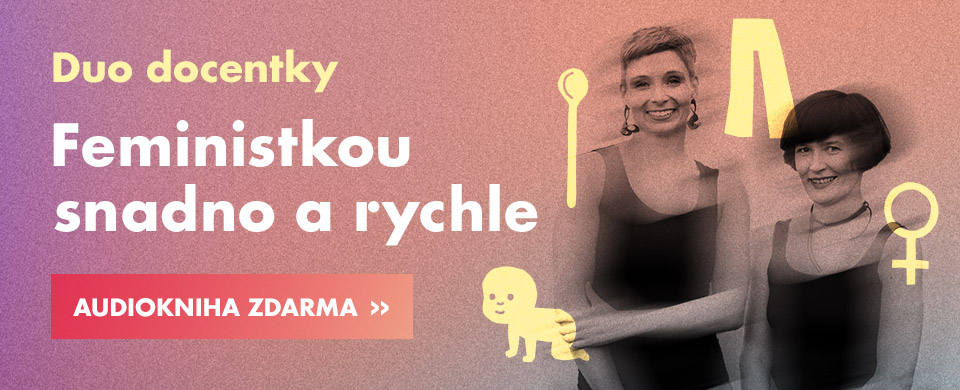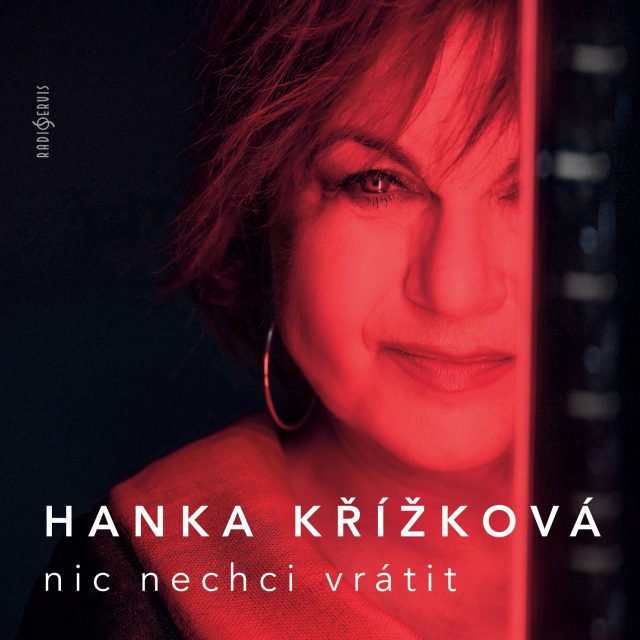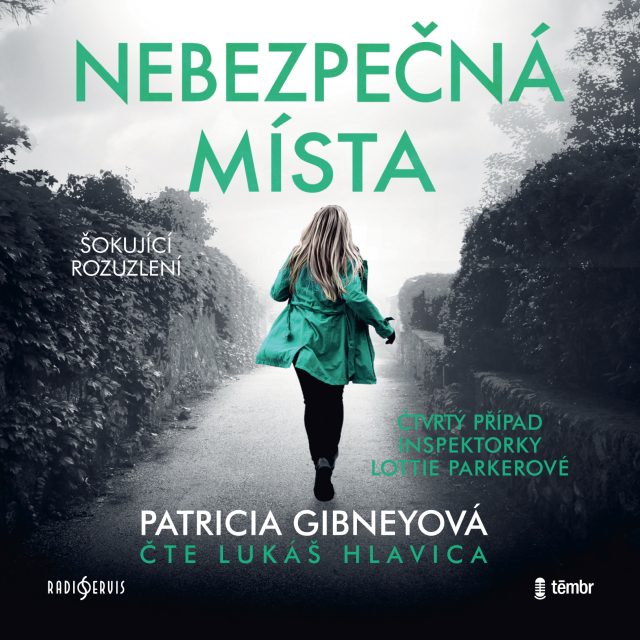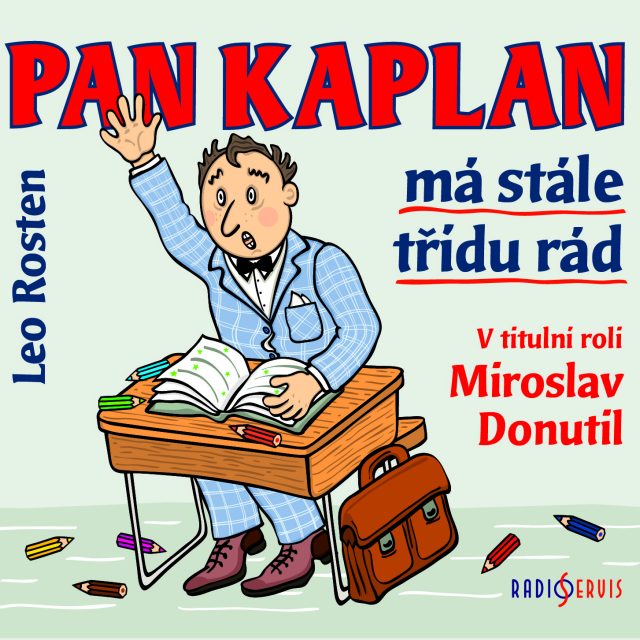Východiska: Experimentálny archív Artpool
Artpool je experimentálny archív, ktorý vznikol v roku 1979 v Maďarsku a je jedinečnou výskumnou inštitúciou svojho druhu v strednej Európe. Založil ho neo-avantgardný umelec György Galántai ako živý aktívny archív konceptuálneho a multimediálneho umenia a ďalších efemérnych foriem ako napr. mail art a samizdat, nájdete v ňom napríklad aj hudobné nahrávky na kazetách.
S Júliou Klaniczay ho vedú doteraz, aj napriek zložitým finančným podmienkam a chýbajúcej štátnej podpore. Ako v praxi fungoval archív Artpool počas komunizmu, kedy bol de facto súčasťou opozičnej, paralelnej undergroundovej kultúry? “Za železnou oponou sme boli izolovaní, chýbali nám aktuálne informácie o tom, čo sa deje vo svete. Založenie archívu umožnilo komunikovať potrebu prístupu k informáciám. Dnes se to zdá byť prirodzené, že umelci rozmýšľajú v kontexte archívu, ale vtedy to tak ešte nebolo. György Galántai byl jedným z prvých, ktorí vytvorili archív ako umelecký projekt. Informácie sme my za železnou oponou získavali formou výmeny, “ hovorí Júlia Klaniczay.
Komunita archívu je a vždy aj bola medzinárodná, napriek obmedzeniam minulého režimu. “Najdôležitejšie bolo prepojenie. Táto mezinárodná sieť umelcov mail artu, ktorá vznikla, fungovala presne tak, ako dnes funguje internet, Facebook alebo blogeri, ktorí na seba vzájomne reagujú online. Aj oni vtedy tak spolu komunikovali,” dodáva Júlia Klaniczay. “Neviem, čo si o tom mysleli umelci zo Západu, ale myslím, že pro nich to bola kuriozita a prekvapenie, ako mohli z tak uzavretého sveta prúdiť informácie.”
V čase rozhovoru, tj. v júni 2014, bola budúcnosť archívu neistá, momentálne je zrejmé, že zbierka Artpoolu sa stane súčasťou Szépművészeti Múzea v Budapešti. Novinky sledujte na webu http://www.artpool.hu/

Východiska: The experimental archive Artpool
Artpool is an experimental archive, which was established in 1979 in Hungary and as such, is a unique institution of its kind in Central Europe. Founded by the neo-avantgarde Fluxus artist György Galántai as a living active archive of conceptual and multimedia art and other ephemera, such as mail art or samizdat, Artpool's collection also encompasses music recordings on tape, for instance. Galántai runs the archive to this day alongside Júlia Klaniczay, in spite of complicated financial conditions and lack of state support. How did the archive operate during communism, when it was more or less part of the oppositional, parallel underground culture? “We were isolated behind the Iron Curtain, missing current news about what is happening in the world. By establishing an archive, we managed to communicate the need for information access. Today it might seem natural, that artists are thinking within the context of an archive, but it wasn't the case back then. György Galántai was one of the first ones, who created an archive as an artistic project. We received information behind the Iron Curtain in the form of an exchange,” says Júlia Klaniczay. The community around the archive is and always has been, international, despite the limitations of the former regime.
“The most important thing was the interconnection. This international network of artists working with mail art, which arose, worked the same way as the Internet, Facebook or bloggers do these days, who react on each other's posts online. Those artists back then also operated in the same way,” adds Klaniczay. “I'm not sure what Western artists thought about it, but I think for them it was a mystery, how could information flow from such a closed environment.”
At the time of the interview, in June 2014, the future of the archive seemed uncertain, currently it looks like Artpool's collections are going to become part of the Museum of Fine Arts in Budapest.
Více z pořadu
Mohlo by vás zajímat
E-shop Českého rozhlasu
Hurvínek? A od Nepila? Teda taťuldo, to zírám...
Jan Kovařík, moderátor Českého rozhlasu Dvojka
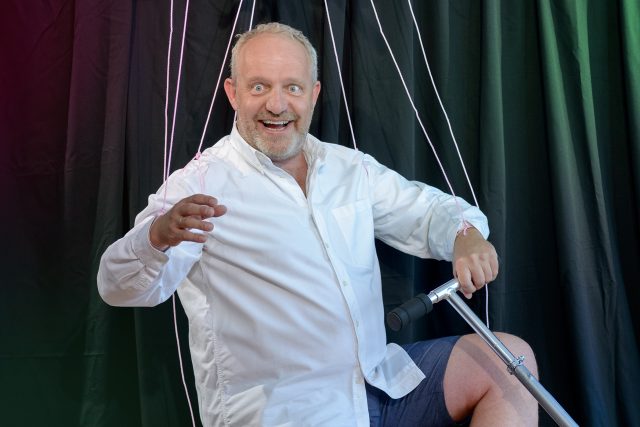

3 x Hurvínkovy příhody
„Raději malé uměníčko dobře, nežli velké špatně.“ Josef Skupa, zakladatel Divadla Spejbla a Hurvínka

